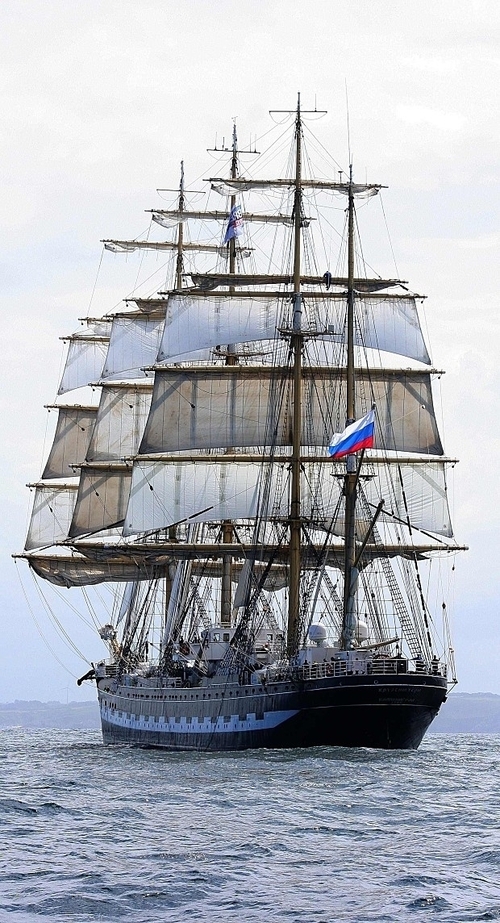This is my personal web page, where my CV, as well as information about my activities and initiatives are hosted.
Please refer to my professional email to contact me
or access the section CONTACTS
https://www.linkedin.com/in/mauriziopompella/

This is my personal web page, where my CV, as well as information about my activities and initiatives are hosted.
Please refer to my professional email to contact me
or access the section CONTACTS
https://www.linkedin.com/in/mauriziopompella/

"BANKING, FINANCE AND UNCONVENTIONAL RISK TRANSFER"
A unique opportunity to access an intensive course on “Banking, Finance and Unconventional Risk Transfer”, being trained by a team of best qualified professors, from some of the most prestigious EU HEIs and Enterprises, and spend a week on board of one of the largest traditional sailing vessels still in operation
..............
The Kruzenshtern or Krusenstern (Russian: Барк Крузенштерн) is a four-masted barque that was built in 1926 at Geestemünde in Bremerhaven, Germany as the Padua (named after the Italian city).
It was surrendered to the USSR in 1946 as war reparation and renamed after the early 19th century Baltic German explorer in Russian service, Adam Johann Krusenstern (1770–1846). It is now a Russian sail training ship. Of the four remaining Flying P-Liners, the former Padua is the only one still in use, mainly for training purposes, with her home ports in Kaliningrad (formerly Königsberg) and Murmansk. After the Sedov, another former German ship, it is the largest traditional sailing vessel still in operation.
On January 12, 1946 it was surrendered to the USSR and integrated into the Baltic Fleet of the Soviet Navy. It was moored in Kronstadt harbour until 1961 where it underwent major repairs and a refit (e.g. the installation of her first engines) for her missions for the Hydrographic Department of the Soviet Navy. From 1961 to 1965 it undertook many hydrographic and oceanographical surveys for the Academy of Sciences of the USSR in the Atlantic Ocean, the Caribbean, and Mediterranean, and was used as a training vessel for naval cadets. In 1965 it was transferred to the USSR Ministry of Fisheries in Riga to be used as a schoolship for future fishery officers.
From 1968 to 1972 a major modernisation took place, installing her current set of engines and applying her current hull paint – black with a wide white stripe with black rectangles.